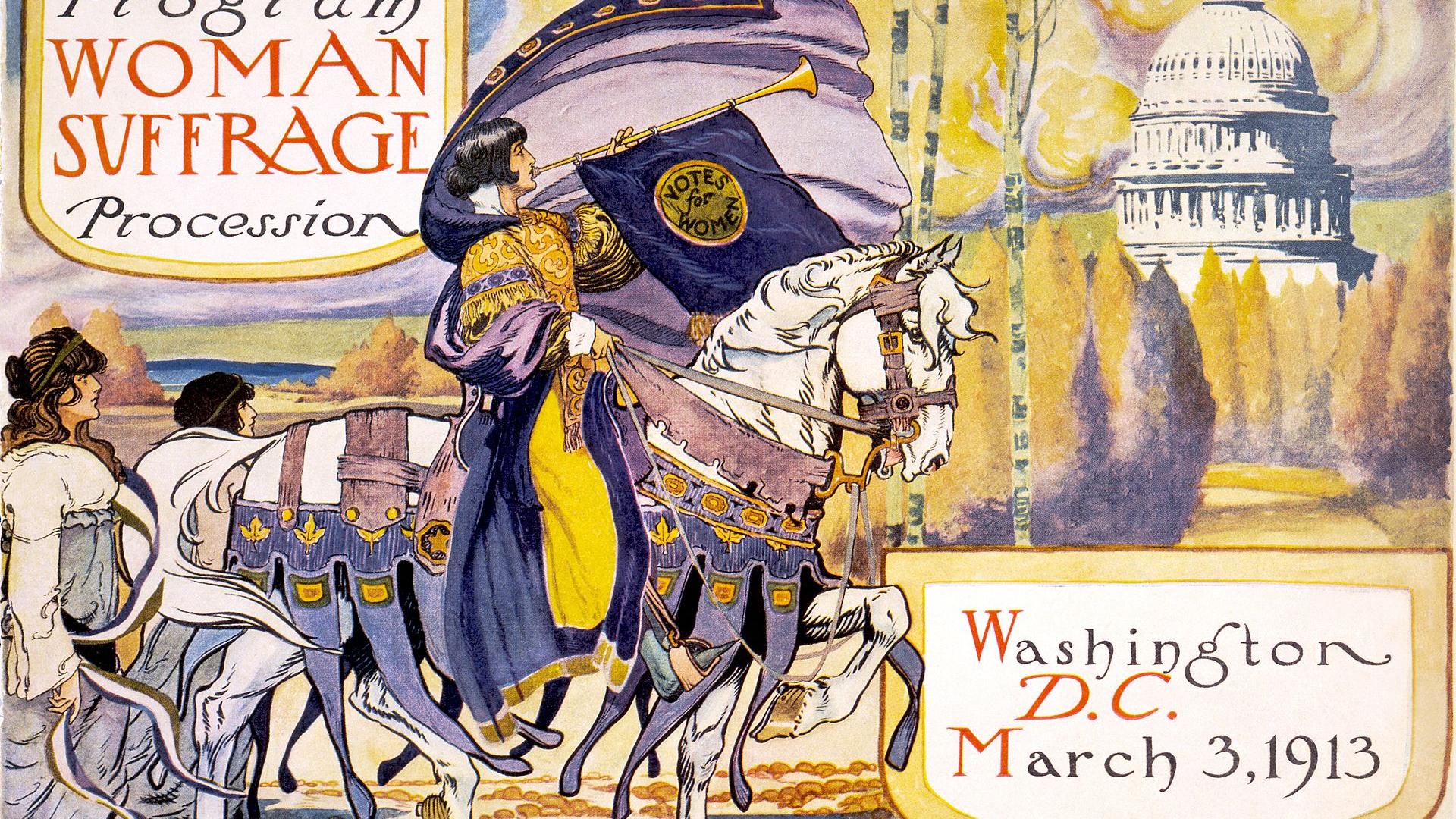Women's Suffrage
Women's Suffrage
This lesson plan will address women’s suffrage and the history of the ratification of the 19th Amendment in North Carolina in conjunction with present-day voter suppression. Students will explore primary sources including images, petitions, and recordings from the Southern Oral History Project. They will also be asked to think about the relationship between women’s experiences advocating for the 19th Amendment and current-day experiences with voter suppression. They will think through forms of protest and produce documents advocating for the right to vote, modeled after the advocacy work of the women seeking to gain suffrage. This lesson adds to existing content on the history of women’s right to vote by focusing specifically on the experience of suffragists in North Carolina and by working through the relationship between historic and present-day voting rights.

